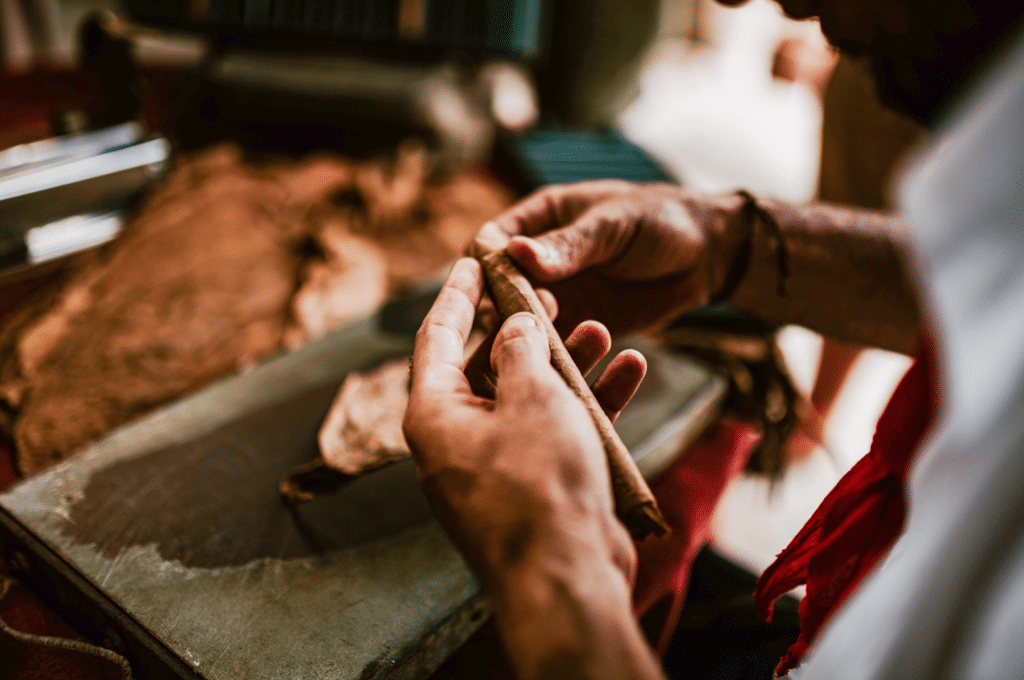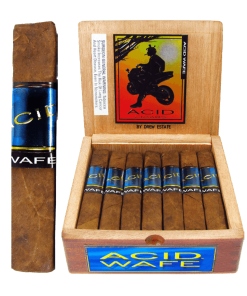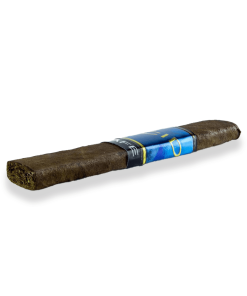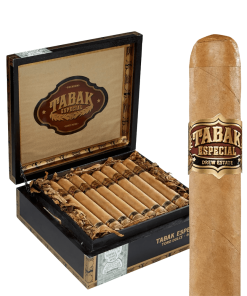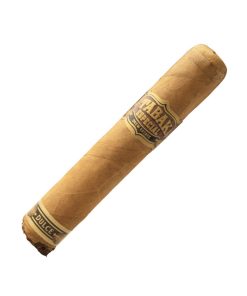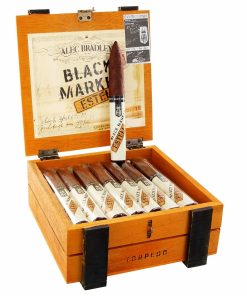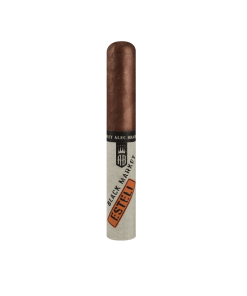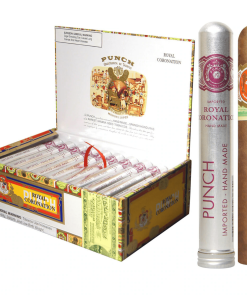RYO LifeStyle Blog
When Were Cigars Invented?
In this post, we’ll be offering a brief rundown of the history of cigars, specifically highlighting the events that surrounded the invention of the cigar as we know it today.
Part 1: The First “Cigar”
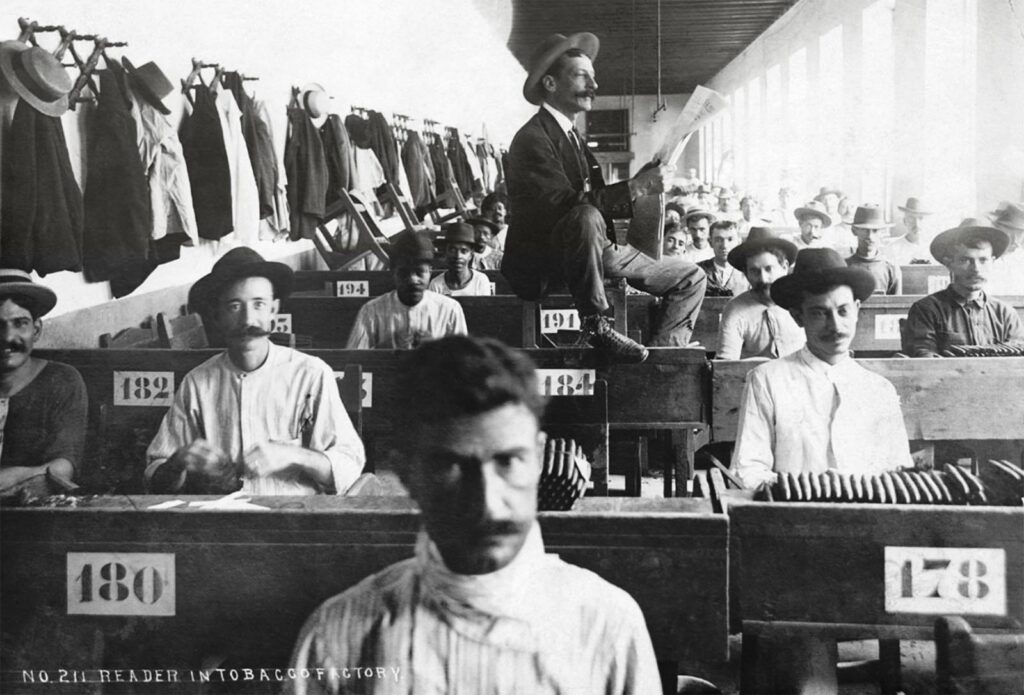
The very first “cigar” was only similar to the robust sticks we enjoy today in concept. It is believed that the Central American Mayans were the first to use tobacco in the form of a rudimentary cigar, in or before the 10th century. The evidence of this lies in images discovered on ancient pottery that depicted Mayan tobacco having been rolled loosely in a corn husk or leaf of some sort. Legends have it that the Mayan filler tobacco back then was so strong, it caused hallucinations.
Subsequently, the Mayans carried tobacco with them when they migrated in later centuries as far north as Canada and south to Chile. It has also been hypothesized that the word “cigar” was derived from the Mayan word “sicar”, which means to smoke rolled tobacco leaves.
Part 2: The Evolution of the Cigar
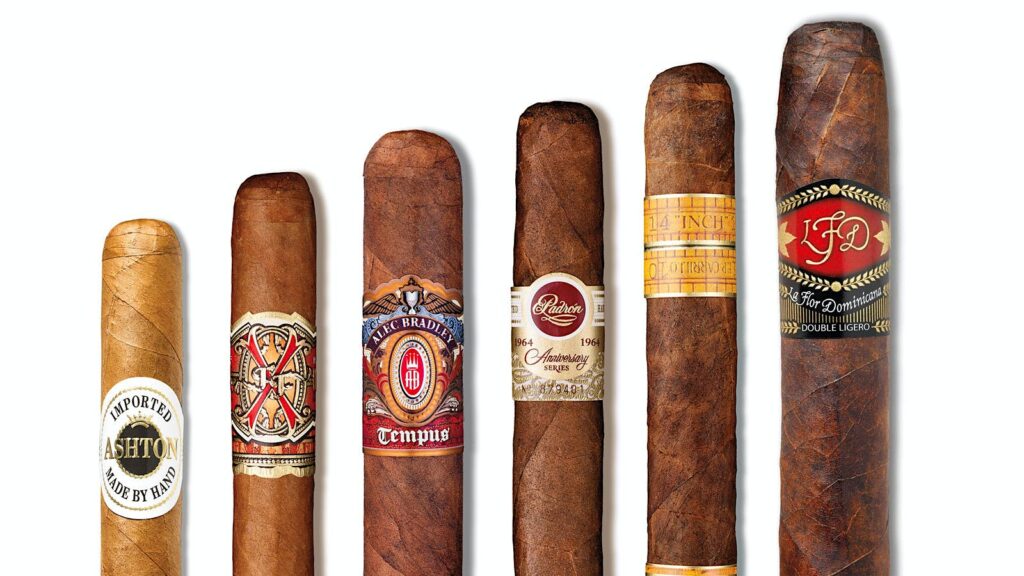
By 1492, when Christopher Columbus arrived at the islands, the natives were already smoking a cigar that consisted of dried tobacco leaves wrapped in palm or plantain leaves. Columbus and his sailors then took tobacco back to Europe, and from then, smoking the leaf became exceedingly popular.
There was a rise in the number of cigar factories opened in Cuba, Spain and a concurrent reduction of international exportation. The cigar became more refined, wrapped in other tobacco leaves instead of different plant leaves entirely. The cigar also gained massive monetary value as a plant crop that was grown in many nations and colonies.
The skyrocketing fame of cigars then led to its introduction in more and more countries including France, the United States, and so on.
Part 3: The Cuban cigar (The Anglo-Spanish war)
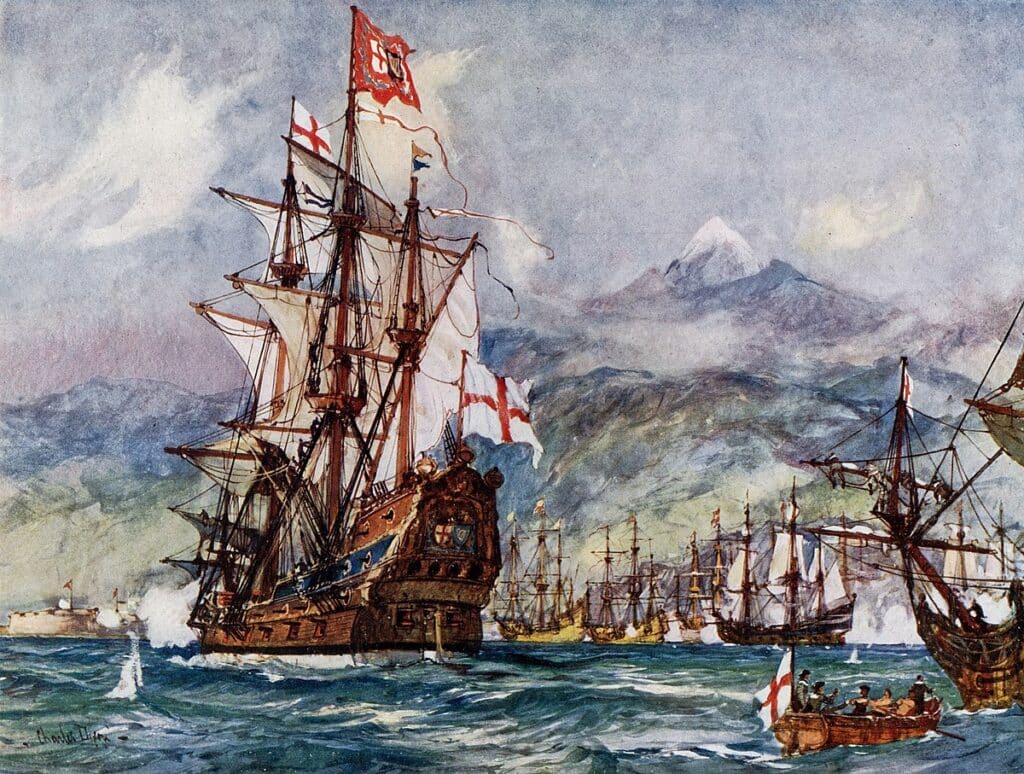
During the English siege of Havana that took place in 1762, it was recorded that more international shipping went through Cuba in that time than in the more than 2 centuries that Spain controlled the Pearl of the Antilles. As a result, the world was introduced to the Cuban cigar. Even after Spain regained control of Havana via treaty, the secret of the Cuban cigar was out already.
More outcomes of these occurrences include Cuban cigars becoming more popular than pipe tobacco in England, the discovery of the Connecticut wrapper after Cuban seeds were planted on English soil and the plants were forced to adapt to the different climate, and most significantly, the eventual establishment of iconic Cuban cigar brands like Partagas, El Rey del Mundo, Sancho Panza, Hoyo de Monterrey and Montecristo in the latter half of the 19th century.
Part 4: The Cigar Revolution
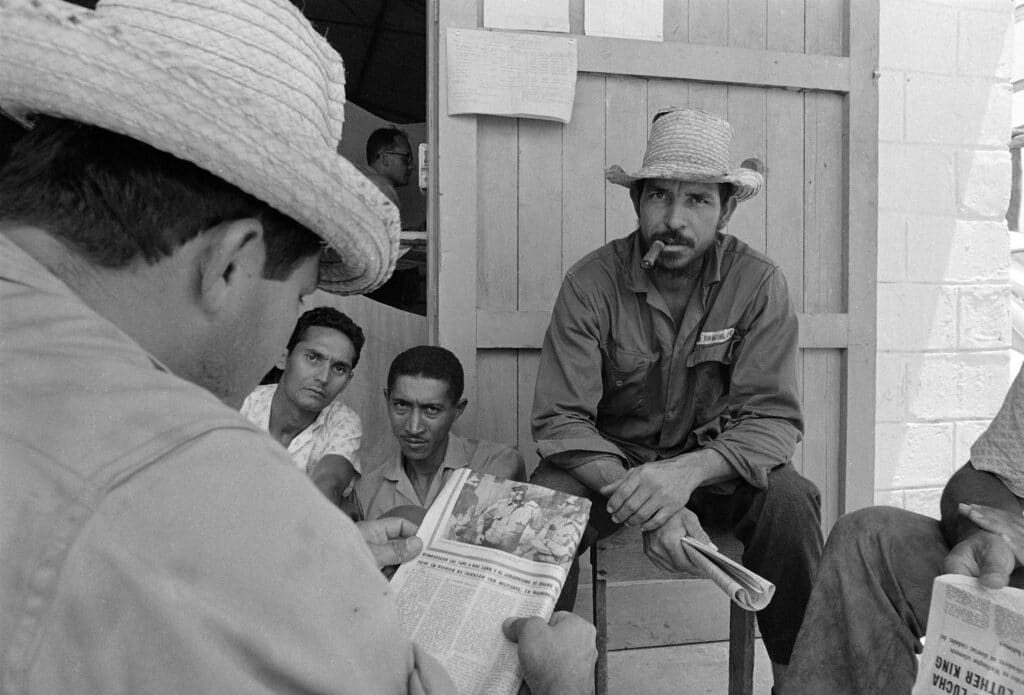
Owing to various uprisings and revolutions that subsequently occurred in Cuba, a very large portion of the cigar manufacturing industry moved to the US. This created a boom in the industry that plummeted eventually in 1962 when the US imposed an embargo on Cuban goods. This made cigars scarce in America for a few decades until the 1990s when cigars returned as a pastime only the rich could afford.
Conclusion: The Cigar Today.
As a result of President Obama’s loosening of the restrictions on the ability of Americans to travel to Cuba and return with Cuban cigars, today, you can actually buy Cuban cigars from Cuba or other countries and, with few limits, bring your smokes into the US. Isn’t that reason enough to heave a sigh of relief?
SHOP CIGARs

